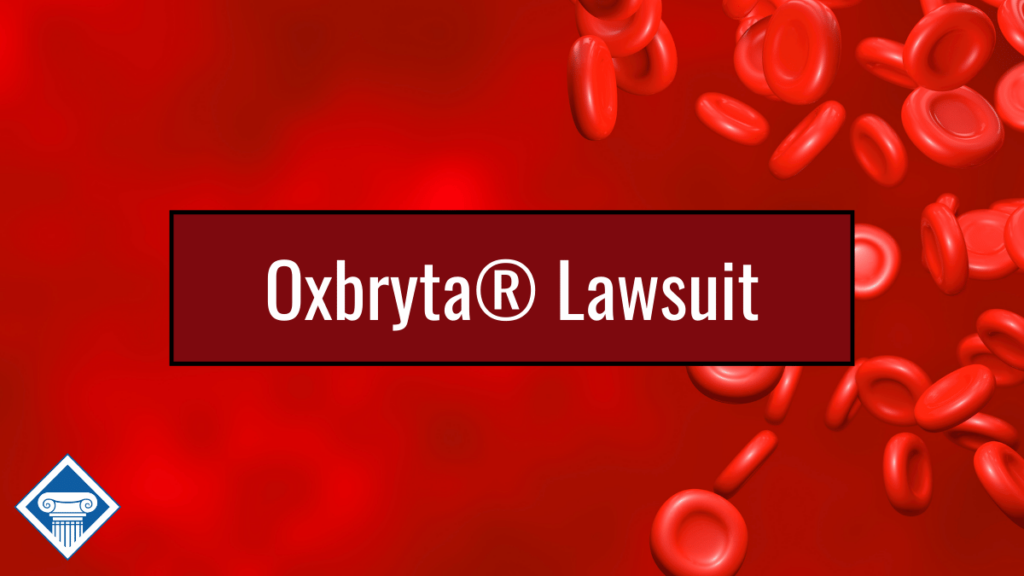When you leave the military early, the benefits available to you depend on how and why you separated. VA disability compensation, military separation pay, and disability severance pay all serve different purposes. This article breaks down who is eligible for each type of benefit, how they interact, and what to know about VA recoupment of disability severance pay.
Key Takeaways
- Disability severance pay is for service members discharged for medical issues that make them unfit for duty but not unable to work.
- Separation pay is for service members involuntarily discharged or denied continuation of service before qualifying for retirement.
- Eligible veterans can apply for VA disability even if they were already granted separation pay.
- The VA only recoups disability severance pay from compensation tied to the same condition for which the veteran received severance.
Ready to get started?

In this article about VA recoupment of disability severance pay:
Military separation or severance pay
There are two primary types of payments available to veterans who leave the military early: separation pay and severance pay.
Disability severance pay is a lump-sum payment made to service members who are separated from the military due to a medical issue that makes them unfit for duty but isn’t serious enough to prevent them from working a civilian job.
Separation pay is a lump-sum payment made to service members who are involuntarily discharged or denied continuation of service prior to qualifying for retirement. This may occur because of military downsizing or because the individual didn’t meet specific requirements, such as passing a fitness test.
Separation pay is available to eligible honorably discharged veterans who served at least six years but fewer than 20.

VA disability benefits
VA disability benefits provide financial support to veterans who live with illnesses or injuries related to their military service. More than 5 million veterans receive this compensation for mental or physical conditions that began or worsened during their time in the military. These benefits are designed to compensate for the loss of earning potential caused by service-connected injuries and conditions.
To receive VA disability benefits, veterans must submit an application for benefits for a condition that was caused or made worse by their service. From there, the VA will review the application as well as any supporting evidence and will assign the appropriate rating to each disability granted.
These ratings reflect how much the condition interferes with everyday activities, including work. Ratings range from 0% to 100% in 10% increments, and a higher percentage means a higher monthly payment.
When a veteran has more than one service-connected condition, the VA assigns a rating for each condition. To combine the ratings, the VA uses its own unique formula, often called “VA math.”
A veteran’s combined VA disability rating will determine the amount of money they receive each month.

Can I get separation pay and VA disability?
If you were honorably separated and have a health condition caused by your time in the military, you can apply for VA disability benefits even if you were already granted separation pay. That’s because these are different types of benefits with different purposes: separation pay is meant to help you when you leave the military unexpectedly, while VA disability benefits are there to support you if your service led to lasting health problems.
However, if you were separated from the military with severance pay due to a medical condition and later apply for VA disability benefits for that same condition, federal law requires that you repay the severance, with some limited exceptions.
VA recoupment of disability severance pay
As mentioned above, when you leave the military due to a medical issue, you may receive a lump-sum payment called disability severance pay. Later on, if the VA approves you for monthly disability benefits for that same condition, you are not permitted to keep both. This is where “recoupment” comes in.
If the VA decides to recoup your disability severance pay, they’ll withhold your monthly VA disability payments until the full amount of the severance is paid back. This includes the gross amount you were given at separation – not just what showed up in your bank account. That means if taxes were deducted before you received your severance, the VA still recovers the full amount.
For example, if you received $15,000 in disability severance pay and received a VA disability rating that would compensate you $500 a month, it could take about two and a half years before you start receiving the monthly VA disability compensation payments. Though you may not receive the financial benefits, you’ll still qualify for VA health care and support during this time.
“They brought me from being stuck at 30%. Denial after denial. Finally rated at 70%. Appealed for total and unable to work disability since 2014. Without Woods & Woods, I would still be stuck at 30%.”

F.H.
How Woods & Woods can help
Our TDIU lawyers have helped thousands of veterans nationwide who can no longer work because of their service-connected conditions. Call us today for your free, confidential TDIU case evaluation. You won’t pay us unless we win your claim.

Our team is ready to help
Frequently asked questions
If you were honorably separated and have a health condition caused by your time in the military, you can apply for VA disability benefits even if you were already granted separation pay.
However, if you were separated from the military with severance pay due to a medical condition and later apply for VA disability benefits for that same condition, federal law requires that you repay the severance, with some limited exceptions.
The VA only recoups disability severance pay from compensation tied to the same condition for which you received the severance. If your new claim is for a different condition, it won’t be affected.







